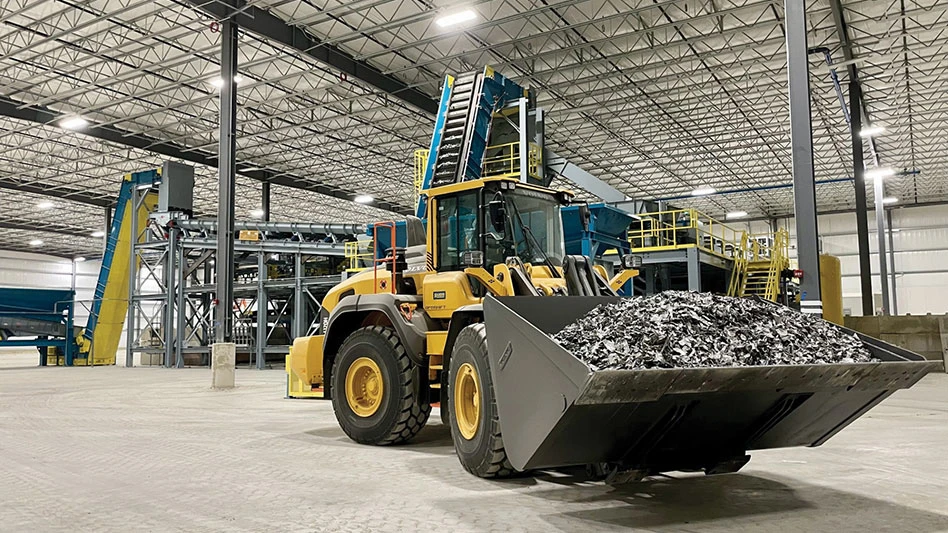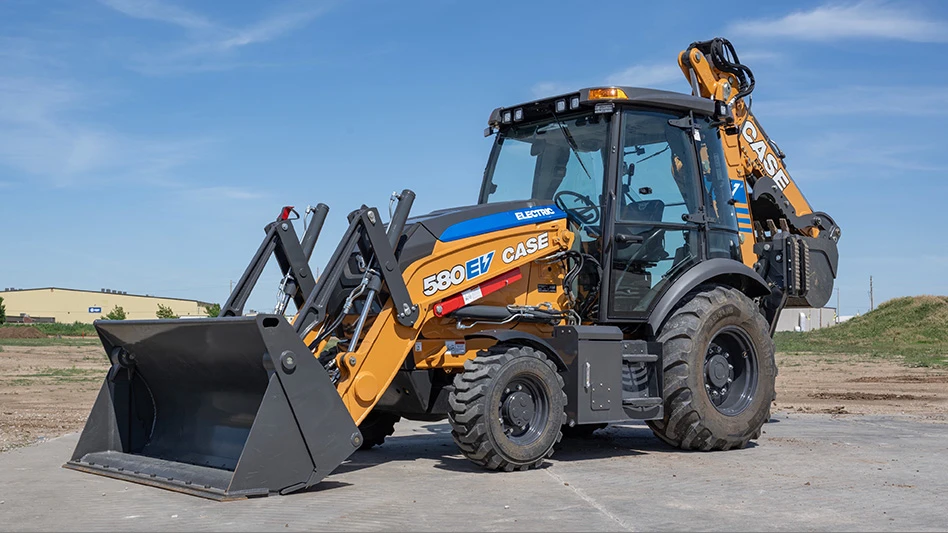The ferrous scrap market did not exactly sizzle in August or July, but processors and traders say the relatively stable pricing and scrap flows have contributed to some extent to better profitability.

Domestic scrap prices determined in the first 10 days of August by American Metal Market (AMM) in its Midwest Index survey showed prompt grades losing about $10 per ton in value, following a pattern established by shredded and No. 1 heavy melting scrap (HMS) 30 days earlier.
Contributing factors to the relative price stability in the summer of 2016 include ongoing supply limitations coupled with steady demand sometimes boosted by additional export inquiries on the East Coast.
Scale or peddler traffic remains a concern on the supply side. “Due to ferrous scrap prices steadily dropping since May, the flows of obsolete scrap are off by almost 25 percent,” a recycler in the South says of volumes in the summer of 2016 compared with the previous summer season.
A scrap processor in the Mid-Atlantic region calls summertime 2016 ferrous scrap flows “adequate,” adding, “We are getting scrap from several smaller demo jobs.”
The decline of coal as an energy source has yielded demolition scrap for the Southern recycler. “Demolition activity is steady, and we have several large coal-fired plants being demolished currently,” the recycler says.
“Due to ferrous scrap prices steadily dropping since May, the flows of obsolete scrap are off by almost 25 percent.” – a recycler based in the South
Each of the recyclers points to reasons why, despite the challenge of diminished scrap flows, good news can be found in the current market.
“There has been more price discipline among dealers, allowing our company to show some black ink after a very tough 2015,” the recycler in the Mid-Atlantic region says.
In the South, the lack of supply seems to have bolstered the region’s selling prices. “The southeastern market consistently is in a scrap deficit. This is what I mainly attribute to our having higher scrap prices than other regions,” the recycler there says.
On the sell side, scrap export and domestic and global steelmaking figures point to a mixture of factors influencing prices in different regions of the United States.
AMM export pricing calculated in early August showed a $15-per-ton spike in scrap purchased off the East Coast, while Pacific Coast operators experienced a $2-per-ton drop.
“We have been shipping some shred in containers to India and [exported via] a bulk ship a few months ago, but domestic prices have been better for most of the year,” says the Mid-Atlantic region processor.
Prices paid by domestic mills have not been uniform in the summer of 2016, as demonstrated by the regional price breakouts offered by Pittsburgh-based MSA Inc.’s Raw Material Data Aggregation Service (RMDAS).
The RMDAS June 2016 numbers reveal mills in its South region paid $14-per-ton more for No. 1 HMS on average than did mills in the RMDAS North Central/East region.
A report from Mike Marley of World Steel Dynamics, Englewood Cliffs, New Jersey, indicates that discrepancy disappeared in August, when prices in the South dropped by $10 to $15 per ton while holding steady in other parts of the U.S.

The buying power of the overall domestic steel sector remains tied to an industry that continues to operate in the 72 percent mill capacity rate. Statistics gathered by the Washington-based American Iron and Steel Institute (AISI) are showing an overall slight decline in U.S. steel mill output in 2016 compared with the year before.
Year-to-date output through Aug. 6, 2016, was nearly 54.3 million tons at a mill capacity rate of 72.5 percent, a 0.9 percent decline from the 54.8 million tons made during the same period in 2015. In 2015 the mill capacity rate was 72.3 percent.
Shipment volumes from mills, as measured in the first half of 2016, tell a slightly better story, according to AISI, growing by 0.4 percent compared with the first six months of 2015.
Regionally in 2016, as measured by figures for the week ending Aug. 6, the Great Lakes is the nation’s most productive region, making some 663,000 tons of steel per week. It is followed by the South, at 603,000 tons of output; the Northeast, at 195,000 tons; the Midwest, at 165,000 tons; and the West, with 71,000 tons.
Globally, the basic oxygen furnaces of China continued to dominate world steel production in the first half of 2016, according to figures distributed by the Brussels-based World Steel Association (WorldSteel).
Chinese mills made nearly 400 million metric tons, or 50.3 percent, of the 795,000 million metric tons of steel produced globally from January to June 2016, according to WorldSteel.
Among the world’s largest steel producing nations, China’s output was down 1.1 percent in the first half of 2016 compared with the year before, followed by Japan, also down 1.1 percent; India, up 2.7 percent; the United States, up 0.2 percent; and Russia, down 1.3 percent.

Explore the September 2016 Issue
Check out more from this issue and find your next story to read.
Latest from Recycling Today
- Indiana county awarded $65K recycling grant
- Mixed paper, OCC prices end year on downward trend
- Updated: CAA submits final draft program plan in Oregon
- Enviri names new president of Harsco Environmental business
- Survey outlines ‘monumental challenge’ of plastic packaging collection in UK
- Nippon Steel acknowledges delay in US Steel acquisition attempt
- BASF collaborates to study mechanical plastic recycling
- Commentary: navigating shipping regulations for end-of-life and damaged batteries





